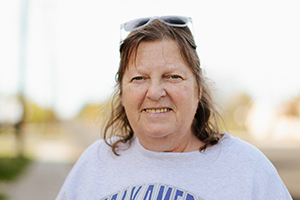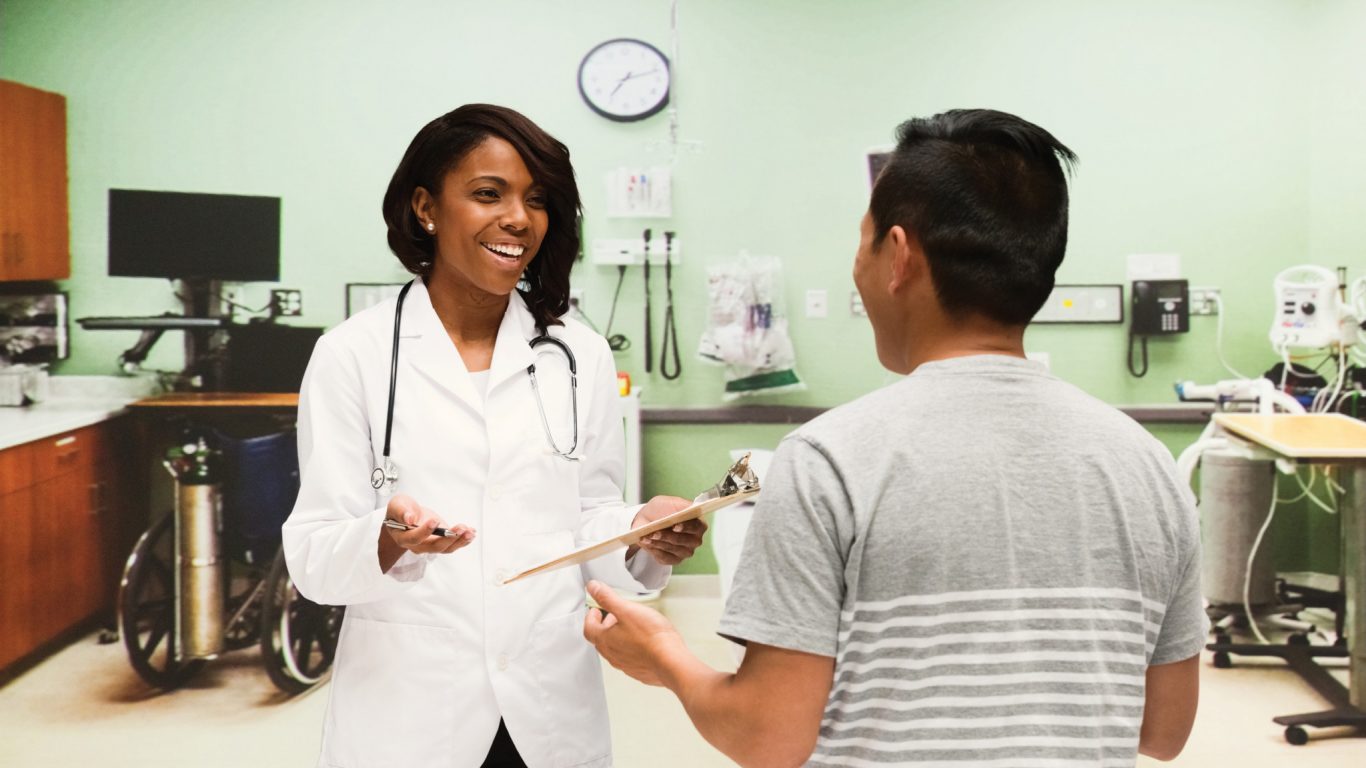Tackling health and hunger together – by David Sarasohn
Tackling health and hunger together – by David Sarasohn
January 26, 2018 – Connie Johnson worked more than three decades for an insurance company in Arizona. She moved to Eastern Oregon to be with her mother and had a small pension to draw on. With her business background, she became president of the food pantry in Vale, a small town 16 miles west of Ontario. Produce donated by local farmers supported the dietary needs of her diabetes.

“Had it not been for the food pantry,” she says flatly, “I would not survive.”
But she still found herself in the intensive care unit.
Today, Johnson is covered by the Oregon Health Plan, the state’s Medicaid program, greatly expanded through the Affordable Care Act, known to many as Obamacare. She’s one of 350,000 Oregonians who gained coverage.
But before getting coverage, she faced an agonizing but not unusual problem: a budget that wouldn’t stretch to cover food and medicine.
“If I couldn’t afford to buy my meds,” she remembers, “I wasn’t buying my meds.”
When you’re not getting the insulin for your diabetes, the most generous donations of vegetables won’t keep you out of the hospital.
For millions of Americans, and huge numbers of Oregonians, hunger and health risks aren’t different dangers. They’re two ends of the same shortage, like a blanket that won’t cover your whole body.
Just buying enough food can leave people without the money for prescriptions. On the other hand, dangerous medical conditions can require a diet that’s hard to afford – or in certain places in Oregon, even hard to find.
For years, Oregon, through government programs like food stamp outreach and private efforts like Oregon Food Bank, has worked to take on its hunger problems. More recently, through drives like expanding the Oregon Health Plan and the Children’s Health Insurance Plan, Oregon is bringing health care to more Oregonians.
Now, Oregon Food Bank is working to bring hunger and health together – which is, after all, where they’ve always been.
The effort starts with just getting the people who conduct the basic physical exam – the blood pressure cuff, the stethoscope against the chest, the urine sample – to add a couple of questions:
Are you getting enough to eat?
What kinds of things are you eating?
And then seeing where the conversation goes.

Oregon Food Bank conducts training sessions for health care providers around the state – interns, nurses, volunteers – about how to talk about hunger, and how to offer suggestions on what to do about it.
Lynn Knox, the food bank’s state health care liaison, points out that giving people a piece of paper about hunger and diet produces a 10 percent response rate. Sitting down and talking with them stirs a 65 percent chance of taking steps.
The steps can be pretty direct.
“The simple prescription for a large number of conditions,” explains Knox, “is eat more fruits and veggies.”
There are many ways to help people do that. It can mean setting up produce distributions at health clinics, or giving patients vouchers to buy fruits and vegetables at farmer’s markets or grocers, or getting those who are eligible signed up for food stamps.
The patients aren’t the only ones who learn something.
“Food insecurity mimics various medical conditions. The first treatment should be nutrition,” Knox regularly explains to health care providers. “When I talk about this, I just see their eyes widen.”
Which leads to another lesson for health care providers: Don’t limit the screenings to Medicaid patients.
Connie Johnson has deeply learned the connection between health and hunger, both from her own experience and from her years volunteering in the small food pantry beneath Vale City Hall. Fresh produce is part of the answer, but there’s more.
“We have a lot of people who have special needs,” Johnson reports about food pantry clients. The staff “holds out gluten-free foods for certain people.” She’s learned other things; someone taking statins for his heart condition shouldn’t have grapefruit juice.
And that instead of the children and elderly people she thought the pantry would be feeding, she sees waves of the working poor.
When Johnson took over the pantry, it was $3,000 in debt. After four years of close management and active fundraising from local groups like the Lions Club and the Vale Rodeo, the debt was gone. Johnson has stepped down as president, but is now secretary.
“Anything I can do to help someone down the road,” she explains, “that’s my job while I’m here on Earth.”
But even to someone whose hours of her day – and in her word, her own survival – is bound up with Oregon Food Bank, people do not live by bread alone.
In fact, that’s how they end up in intensive care.
